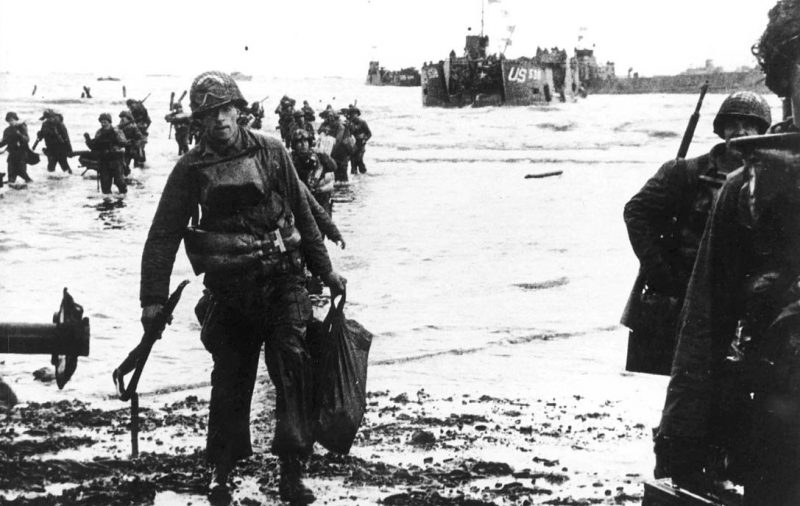The National D-Day Memorial’s historical collection houses one of the Virginia Association of Museums’ Top 10 Endangered Artifacts.
A copy of General Dwight D. Eisenhower’s Order of the Day – issued to 175,000 soldiers of the Allied Expeditionary Force on June 6, 1944 – was recently chosen for the list.
The copy originally belonged to J. Robert “Bob” Slaughter who helped found the National D-Day Memorial.
The decision to include it on the list was made through a combination of online voting by the public and consulting with a panel of conservators and collection care professionals.
The point of the list is to create awareness of the conservation needs of artifacts in museums, historical societies, libraries and archives in Virginia.
Slaughter survived the invasion at Normandy and fought until the end of the war. Dozens of men from his platoon signed the document.
It’s one of several of Slaughter’s possessions in the National D-Day Memorial collection. In 2014, they unveiled a bust of Slaughter in honor of his contributions. His family donated the items in January. He passed away in 2012.
John Long, the memorial’s director of education, found out a week ago that the document was in the top ten.
“I was pretty confident that our Order of the Day would be selected because it is very obviously endangered,” he said. “It clearly needs some conservation work.”
It is unknown how much money will be required before the work can begin. It could take thousands to conserve it. It will depend on the type of paper and ink used and the fact that Slaughter used tape to hold it together.
He said: “The plan is to have it conserved, but that has to be funded. We would certainly welcome that donation.”
Over the summer the memorial submitted the order of the day for nomination to the list. The public voted for it enough to be included in the Top 10.
This is the fifth year for the list, which aims to increase awareness for how museums and cultural organizations care for historical and cultural treasures.
Inclusion on the list only gets recognition. There is no financial or monetary reward.
Slaughter’s family found the order while going through some of his boxes. It was wrapped in some Kroger bags. The order was never lost, but for a while, no one knew where to look for it.
The order deserves to be on the list as it not only survived Omaha Beach, but then survived the rest of the war. Long wants people to be aware that the memorial has the order and that it is valuable, The News Advance reported.
Other items on the list include an alphabet sampler from the 1830s and an antebellum wedding dress.
